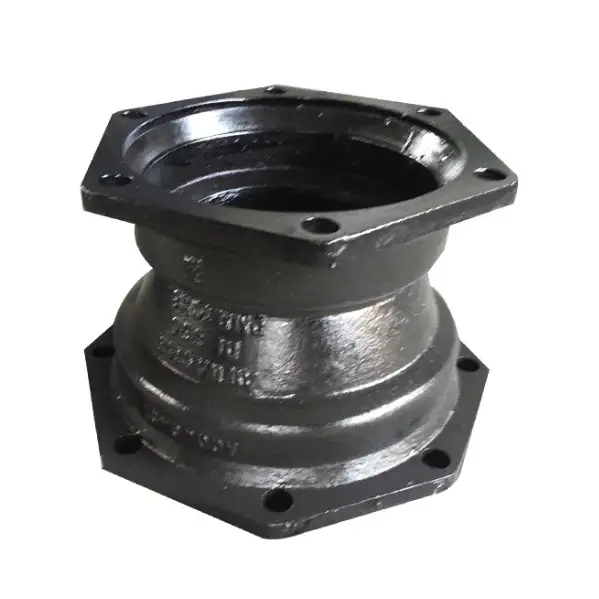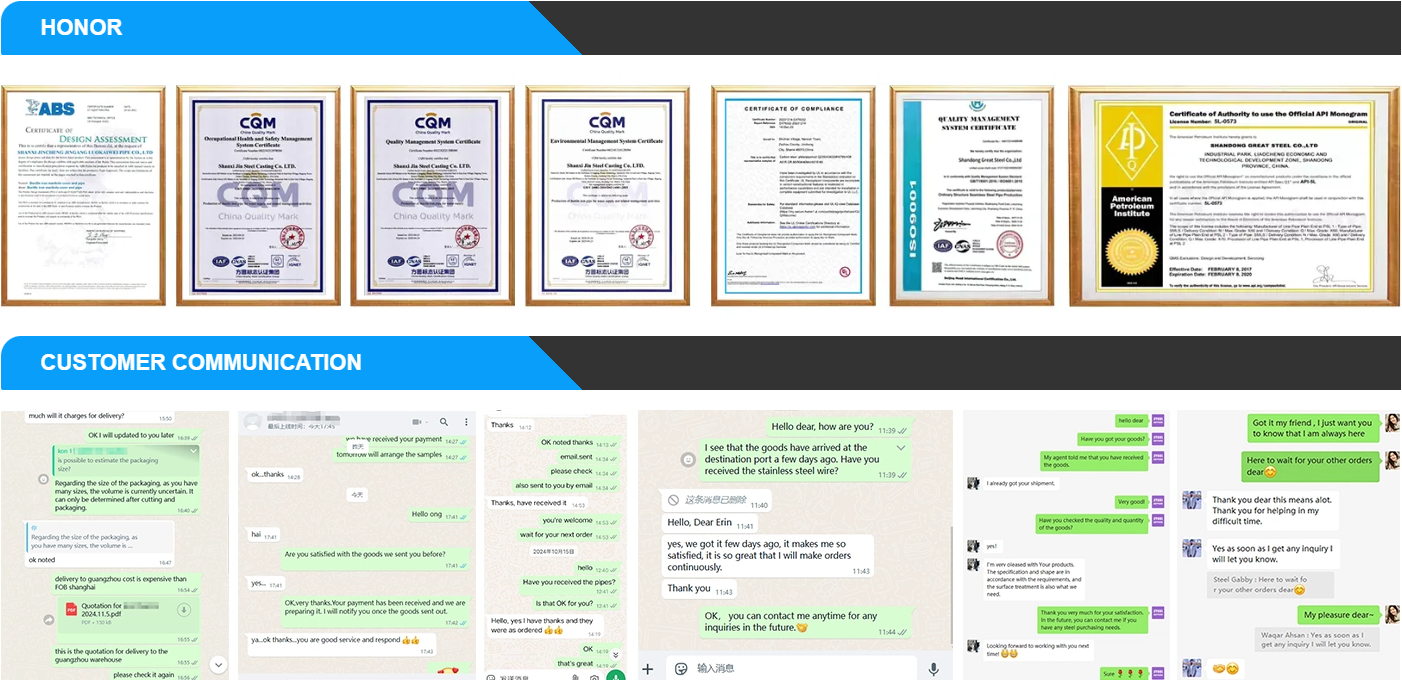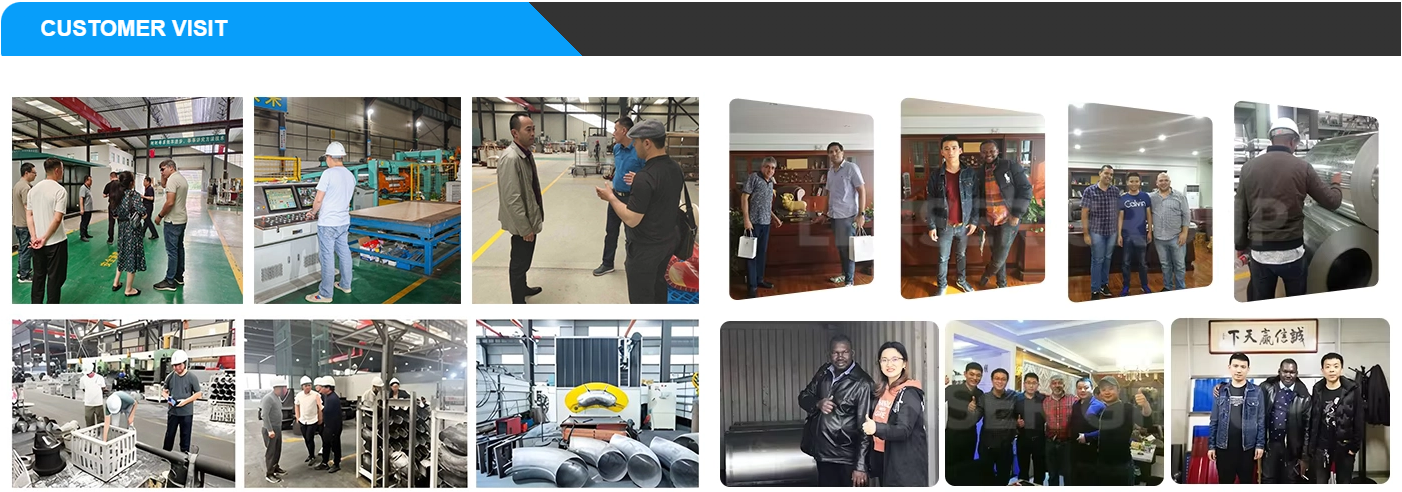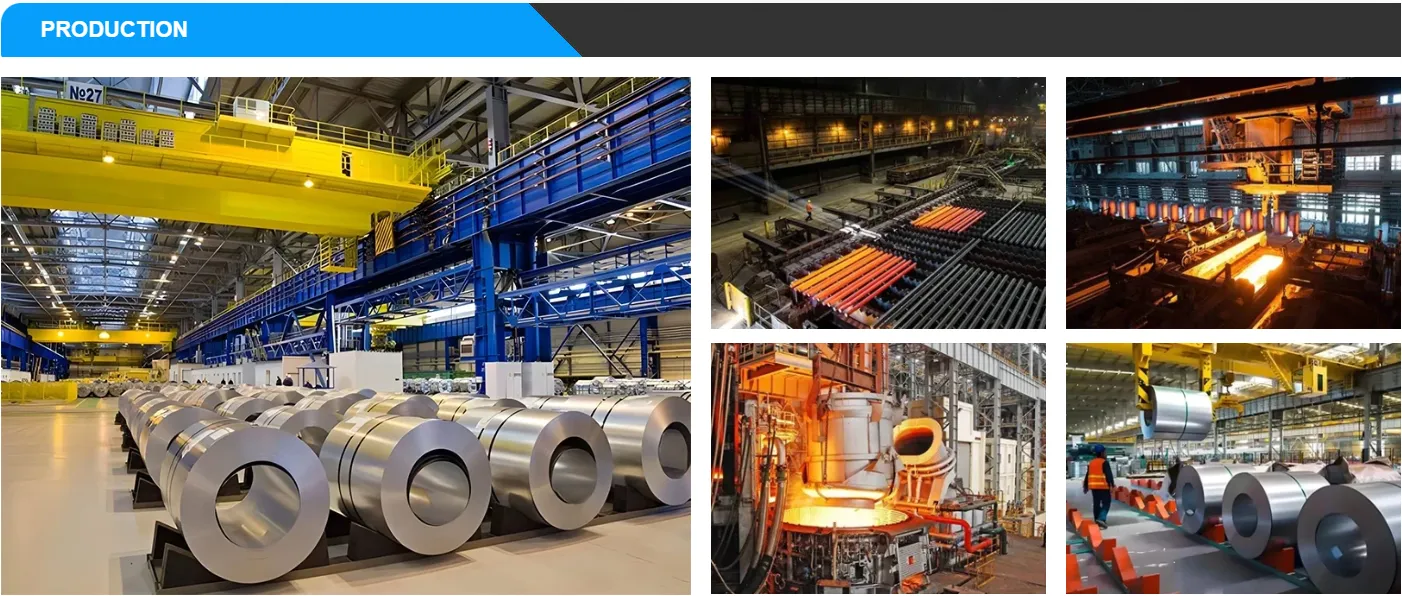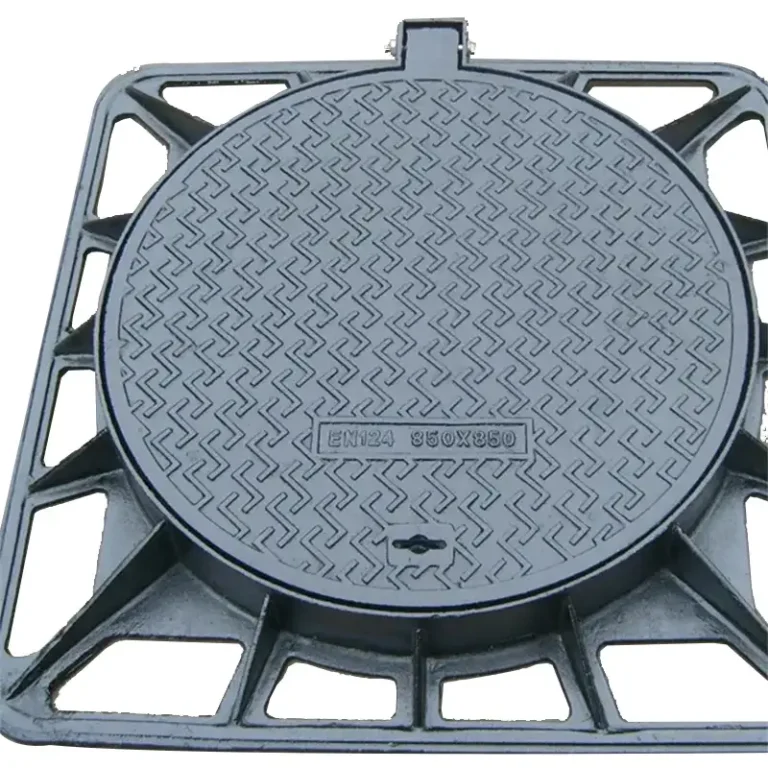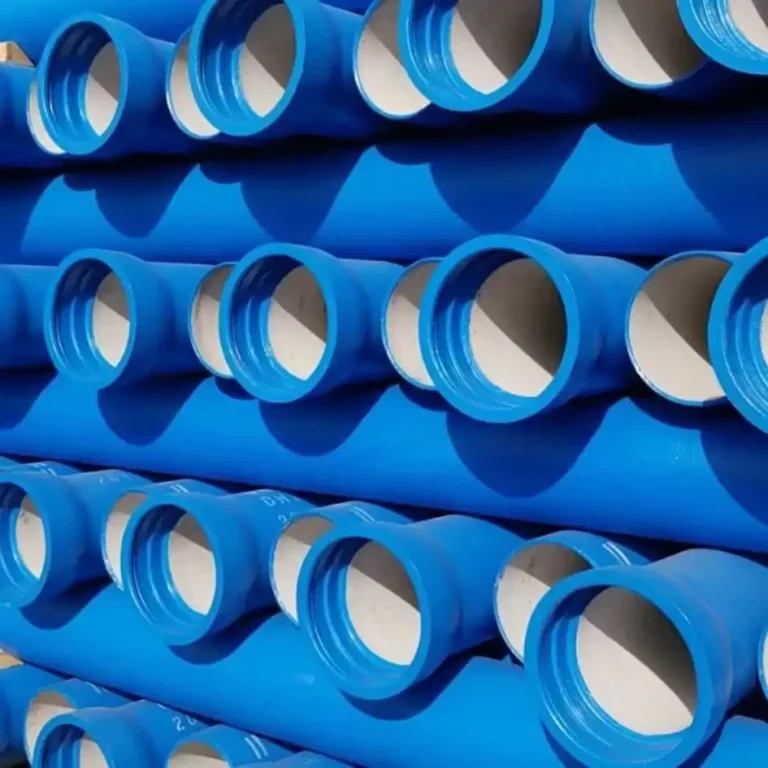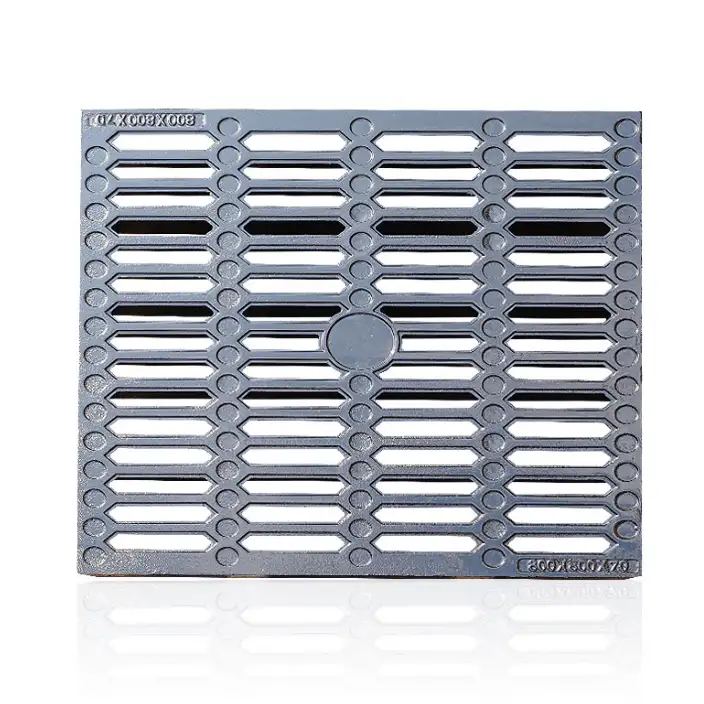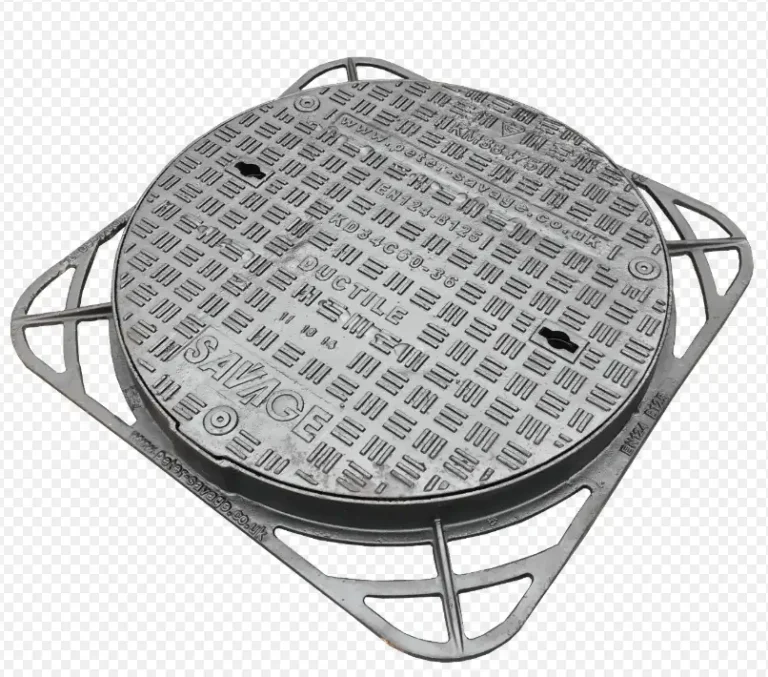Ductile iron mechanical joint fittings are essential components in water and wastewater infrastructure. They provide a reliable and flexible connection between pipes, accommodating movement and reducing the risk of leaks. These fittings are widely used in municipal, industrial, and commercial applications due to their durability and ease of installation.
Historical Development and Standards
The development of ductile iron mechanical joints dates back to the early 20th century. The American Water Works Association (AWWA) established standards such as ANSI/AWWA C110/A21.10 and ANSI/AWWA C111/A21.11 to ensure uniformity and quality in manufacturing. Over time, these standards have been updated to incorporate advancements in materials and technology.
Material Composition and Specifications
Ductile iron mechanical joint fittings are primarily made from ductile iron, a material known for its strength and flexibility. The specifications include:
-
Material Grade: ASTM A536
-
Pressure Rating: Typically 350 PSI for sizes 3″ to 24″, and 250 PSI for sizes 30″ to 48″
-
Coatings: Cement-mortar lining with an asphaltic coating for corrosion resistance
-
Gaskets: Compliant with ANSI/AWWA C111/A21.11 standards
Design Features and Components
The design of ductile iron mechanical joint fittings includes several key components:
-
Gland: A ductile iron component that compresses the gasket
-
Gasket: A rubber element that provides a watertight seal
-
Bolts and Nuts: Alloy steel components that secure the gland
-
Fitting Body: The main body of the fitting, which connects to the pipe
These components work together to create a secure and flexible joint.
Applications in Water and Wastewater Systems
Ductile iron mechanical joint fittings are used in various applications:
-
Water Distribution Systems: Connecting pipes in municipal water supply networks
-
Sewer Systems: Ensuring leak-proof connections in wastewater pipelines
-
Fire Protection Systems: Providing reliable connections in fire suppression infrastructure
Their versatility makes them suitable for both above-ground and underground installations.
Installation Procedures and Best Practices
Proper installation is crucial for the performance of ductile iron mechanical joint fittings:
-
Preparation: Clean pipe ends and ensure they are free from debris
-
Gasket Placement: Lubricate and position the gasket correctly
-
Gland Assembly: Slide the gland onto the pipe and align it with the gasket
-
Bolt Tightening: Gradually tighten bolts in a crisscross pattern to ensure even compression
Following these steps ensures a secure and leak-free joint.
Maintenance and Troubleshooting
Regular maintenance extends the lifespan of ductile iron mechanical joint fittings:
-
Inspection: Periodically check for signs of wear or corrosion
-
Lubrication: Apply lubricant to gaskets during installation to prevent damage
-
Bolt Torque: Ensure bolts are tightened to the manufacturer’s specifications
If leaks occur, check for gasket misalignment or damage and replace as necessary.
Advantages Over Other Joint Types
Ductile iron mechanical joint fittings offer several benefits:
-
Flexibility: Accommodate pipe movement due to ground shifts or thermal expansion
-
Ease of Installation: Do not require special tools or equipment
-
Durability: Resistant to corrosion and wear
-
Cost-Effectiveness: Provide a reliable solution at a competitive price
These advantages make them a preferred choice in many applications.
Environmental Considerations
Ductile iron mechanical joint fittings are environmentally friendly:
-
Recyclability: Made from recyclable materials
-
Corrosion Resistance: Reduce the need for frequent replacements
-
Energy Efficiency: Manufacturing processes are energy-efficient
These factors contribute to sustainable infrastructure development.
Future Trends and Innovations
The future of ductile iron mechanical joint fittings includes:
-
Smart Monitoring: Integration of sensors to monitor joint integrity
-
Advanced Materials: Development of coatings to enhance corrosion resistance
-
Automation: Use of robotics in manufacturing for precision and efficiency
These innovations aim to improve performance and reduce maintenance costs.
Frequently Asked Questions (FAQs)
1. What is a ductile iron mechanical joint fitting?
A ductile iron mechanical joint fitting is a component used to connect pipes in water and wastewater systems. It consists of a gland, gasket, bolts, and the fitting body, providing a flexible and leak-proof connection.
2. How do ductile iron mechanical joint fittings compare to other joint types?
Compared to push-on or flanged joints, mechanical joints offer greater flexibility and are easier to install without special tools. They are also cost-effective and suitable for various applications.
3. What are the pressure ratings for ductile iron mechanical joint fittings?
Typically, ductile iron mechanical joint fittings have a pressure rating of 350 PSI for sizes 3″ to 24″, and 250 PSI for sizes 30″ to 48″. These ratings ensure the fittings can withstand the pressures encountered in water and wastewater systems.
4. Can ductile iron mechanical joint fittings be used in both underground and above-ground installations?
Yes, ductile iron mechanical joint fittings are versatile and can be used in both underground and above-ground installations, making them suitable for a wide range of applications.
5. What maintenance is required for ductile iron mechanical joint fittings?
Regular inspection for signs of wear or corrosion, lubrication of gaskets during installation, and ensuring bolts are tightened to the manufacturer’s specifications are essential maintenance practices to ensure the longevity of ductile iron mechanical joint fittings.
6. Are ductile iron mechanical joint fittings environmentally friendly?
Yes, ductile iron mechanical joint fittings are made from recyclable materials, resistant to corrosion, and manufactured using energy-efficient processes, contributing to sustainable infrastructure development.
